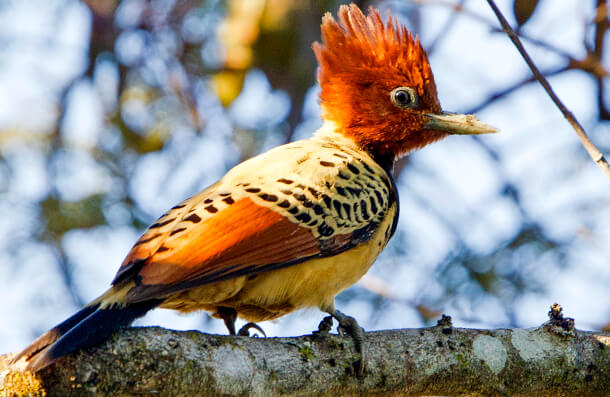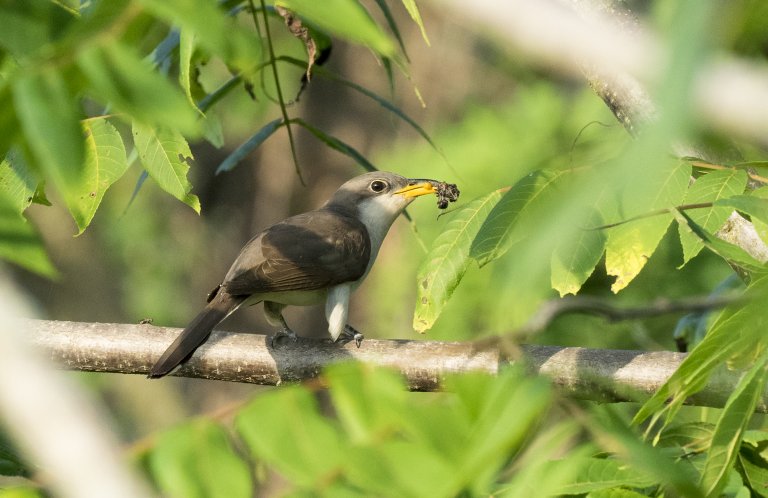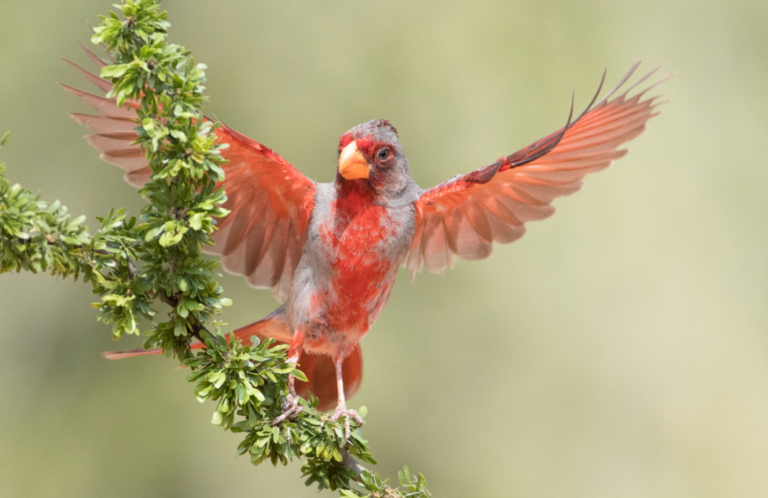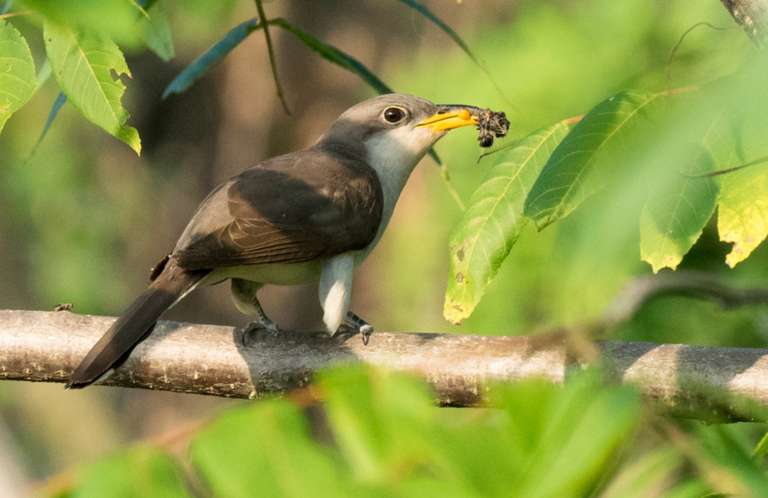California Wildlife Conservation Board Awards Amargosa Restoration Projects
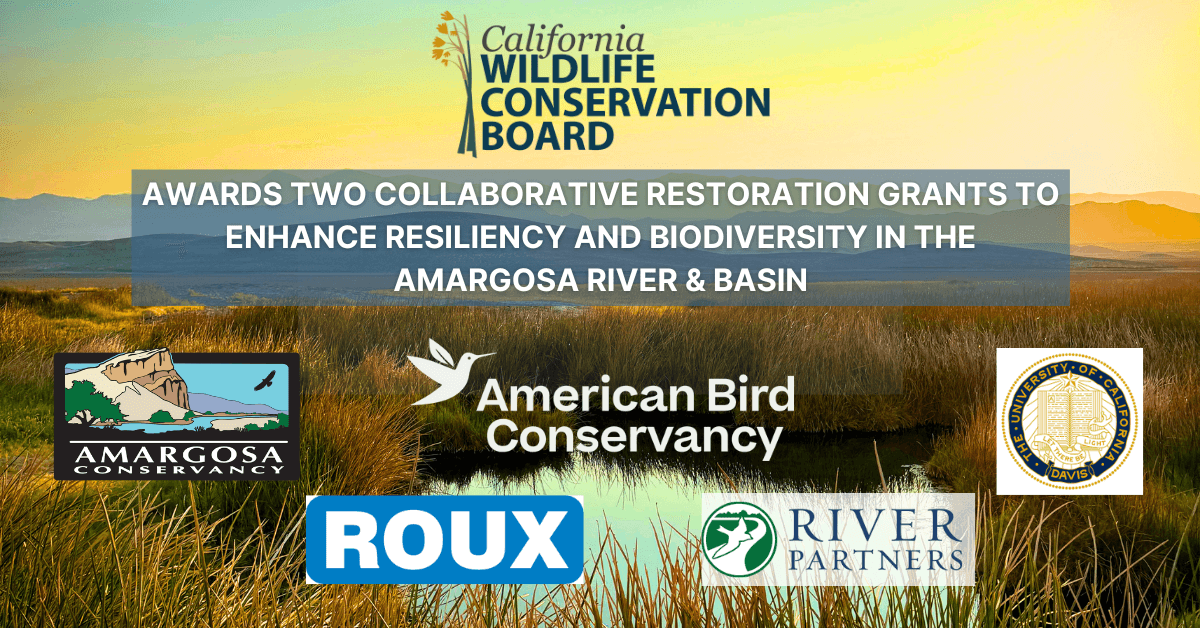
In a remarkable year for the Amargosa River and Basin, the California Wildlife Conservation Board (WCB) has awarded two critical grants to support the resilience and biodiversity of this unique desert ecosystem. These grants, one focused on planning and the other on implementation, represent a comprehensive approach to restoring the watershed's vibrant landscapes and protecting its most vulnerable species.
This success is the result of extensive collaboration by a restoration working group co-convened by Amargosa Conservancy, including American Bird Conservancy (ABC), California Botanic Garden, River Partners, Roux, Inc., UC Davis, and with support from Bureau of Land Management, U.S. Fish and Wildlife Service, California Department of Fish and Wildlife, Susan Sorrells of Shoshone Village, and Brian Brown of China Ranch Date Farm.
Earlier this year, the group submitted two visionary proposals to WCB: one centered on implementation projects for rare plant restoration, inventory, and seed banking, and another focused on advancing hydrological monitoring, riparian habitat restoration along the Amargosa Wild and Scenic River, and marsh restoration for the Critically Endangered Amargosa vole. Together, these grants chart a path forward for adaptive conservation in the basin.
Seeding a Bright Future: The August Implementation Grant
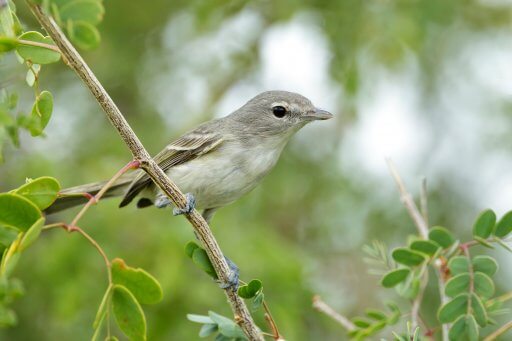
In August, WCB awarded California Botanic Garden and Amargosa Conservancy a $961,000 grant focused on botanical restoration of alkali wetlands along the Amargosa Wild and Scenic River. This grant emphasizes the restoration of native plant communities critical to the region's ecological health and the recovery of endangered and endemic plant species like the Amargosa niterwort. Through botanical inventory, seed collection, propagation, outplanting, and community engagement, the project aims to revitalize sensitive habitats, enhance biodiversity, and support the recovery of rare and culturally significant plant species. By blending unparalleled botanical expertise with local stewardship, this effort lays the groundwork for a healthier, more resilient Amargosa Basin.
Cultural partnerships are also central to the implementation grant. Amargosa Conservancy and California Botanic Garden will be collaborating with the Timbisha Shoshone Tribe to establish a cultural seed banking program, focusing on restoring culturally significant plant species like screw bean and honey mesquite. This initiative will bring together and strengthen Western approaches to conservation science and Indigenous knowledge and stewardship, reflecting a shared commitment to conserving ecological and cultural heritage.
The grant also targets the recovery of the Critically Endangered Amargosa niterwort, with a restoration project that will take an experimental approach to assess outplanting techniques and habitat quality. Over 700 Amargosa niterwort plants will be introduced into carefully managed plots, complemented by companion plants to improve habitat conditions and repair damage from past human activities. Continued hydrological monitoring of the Amargosa niterwort's habitat at Carson Slough will inform adaptive management of this highly specialized and sensitive endemic species.
Meanwhile, a botanical inventory is underway to create a comprehensive checklist of the basin's plant life. This effort pulls together data from regional herbaria and databases, with new data collected by expert botanists in high-priority areas where knowledge is sparse. The result will provide invaluable baseline knowledge into the region's ecological health and highlight key priorities and opportunities for future conservation and restoration work.
Local communities will be integral to successful and durable restoration of these sensitive habitats. Through this grant, engagement and outreach efforts will be conducted to include interpretive signs, public presentations, and direct engagement with residents and businesses to foster a deeper understanding of and support for the basin's ecological needs and help support ecotourism in the area.
Planning for the Future: The November Restoration Planning Grant
Building on this momentum, WCB awarded a second grant of $2,930,326 in November to support long-term restoration planning in the Amargosa Basin. This three-year initiative brings together partners including ABC, Roux Inc., River Partners, and UC Davis to tackle some of the basin's most pressing challenges.
The planning grant focuses on three transformative actions.

Action 1 will sustain an ongoing groundwater monitoring program for 24 springs and nine wells in the Southern Amargosa Basin over three years. Roux, Inc. and the Amargosa Conservancy will gather water quality and flow data to support long-term habitat management and restoration. Chemical and isotope analyses will help clarify water sources, quality, and ecological interactions. This data will be incorporated into a revised State of the Basin Report, which will be updated and shared with agencies and partners to guide restoration efforts. Additionally, recent and historical data will inform the recalibration of the Death Valley Regional Numerical Flow Model (Version 3). This model, used by the USGS and resource managers, assesses groundwater trends and project impacts. This investment in ongoing hydrological monitoring is critical in light of declining spring discharge trends in the basin, which may be indicators of future impacts to the Amargosa Wild and Scenic River and its communities.
Action 2 centers on riparian restoration planning, developing a shovel-ready project to restore 975 acres along Willow Creek and the Amargosa Wild and Scenic River. These sections of the river provide crucial nesting habitat for an array of migratory birds, including sensitive, threatened, and endangered bird species such as Least Bell's Vireo, Southwestern Willow Flycatcher, and Yellow-billed Cuckoo. This action, led by ABC and River Partners, will establish a plan for high-impact riparian restoration with the aim of enhancing nesting habitats for birds while also supporting habitat for other important wildlife species, such as the endemic Amargosa pupfish found in this part of the watershed. Additionally, the restoration plan will evaluate how the expansion of non-native invasive tamarisk that now acts as important nesting habitat can be strategically mitigated and gradually replaced with native species such as coyote and goodings willows, cottonwoods, mesquite, and other native flora. As part of restoration planning, the working group will scope opportunities for enhancing recreational access in the Amargosa Canyon as a means of supporting ecotourism in this economically disadvantaged region.
Finally, Action 3 focuses on the Critically Endangered Amargosa vole, designing a plan to expand and restore marsh habitats near Tecopa and Shoshone, California that are essential to its survival. Endemic to the Amargosa Basin, the Amargosa vole is one of the most profoundly endangered species in the U.S., occurring only in the spring-fed marshes of the Amargosa Basin. Water loss, habitat removal, disease, genetic isolation, and invasive species have significantly increased the threat of extinction for the vole. Without conservation actions, data suggest that the species may go extinct in the next 67 years, and continued drought and anthropogenic influences could reduce that timeline by up to 23 percent. The so-called “megamarsh” planning project funded through this grant will empower researchers from UC Davis, local landowners, conservation nonprofits, and agency partners to design a shovel-ready restoration project so as to support the species' recovery and increase its resilience to a changing climate.
Community education and outreach will also be a core focus of this planning grant. Through hosting public presentations, leading field tours, and crafting and curating communications centered on the issues and opportunities addressed in this planning grant, the working group will elevate awareness and enhance community involvement in these transformative restoration opportunities.
A Unified Vision for the Amargosa Basin
Taken together, these grants represent a unified vision for the Amargosa River and Basin: one that combines immediate action with strategic planning to ensure the long-term health of this extraordinary desert landscape. From collecting seeds and monitoring groundwater to engaging local communities and planning large-scale restoration efforts, every step reflects a commitment to adaptive, collaborative conservation.
The Amargosa River and Basin is not just an ecological treasure; it's a lifeline for the plants, animals, and people who call it home. With the support of the California Wildlife Conservation Board and the dedication of its partners, this vibrant desert watershed is poised to thrive for generations to come.
This article was originally published by Amargosa Conservancy and has been shared with permission.





































